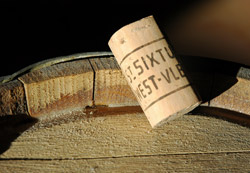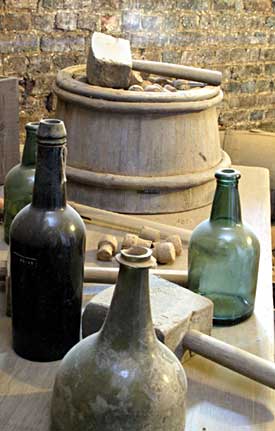 This really isn’t another beer & wine post, but we have to start with a little wine research.
This really isn’t another beer & wine post, but we have to start with a little wine research.
The Economist carried a report a while back pointing out that the relationship between the price of a bottle of wine and its taste is weak, according to two studies in the Journal of Wine Economics.
In one study the reserchers charted how 120 people bid in auctions on champagne after tasting it blind, after inspecting only the bottle, and after tasting it while seeing the bottle. The bidding was 33% higher when tasters could only see the bottle than it was with blind tasting, implying that the champagne’s taste detracted from its perceived value. That’s why they mean by the power of the label.
Does the same thing happen with beer? Meaning what you’ll pay at a store or from a menu (as opposed to in action) because of a beer or brewery’s reputation.
This isn’t altogether bad. We should have brands we trust and to feel loyal to certain breweries (perhaps you had a great tour there, or you and a friend shared a bottled on a special occasion). But it doesn’t hurt to taste blind on occasion to keep some perspective.
For instance, I have a friend who recently paid “more than $20 a bottle” (he said with a sheepish smile) to have Westvleteren 12 shipped from Belgium. If you read Brew Like A Monk (go ahead and buy it, please) you’ll see I have great admiration for the beer and the Trappist monks to produce it. But I think my friend might do well picking up some Rochefort 10 (another Trappist beer) and tasting the two side by side. Rochefort 10 sells for $4.50-$5 in our part of the country and is relatively easy to restock.
He might decide the Westvleteren – before you comment, yes I know it comes WITHOUT a label – is well worth the higher price, but it won’t hurt to check.
 1. A bottle of beer homebrewed by Thomas Jefferson sells at auction for $56,403.
1. A bottle of beer homebrewed by Thomas Jefferson sells at auction for $56,403.